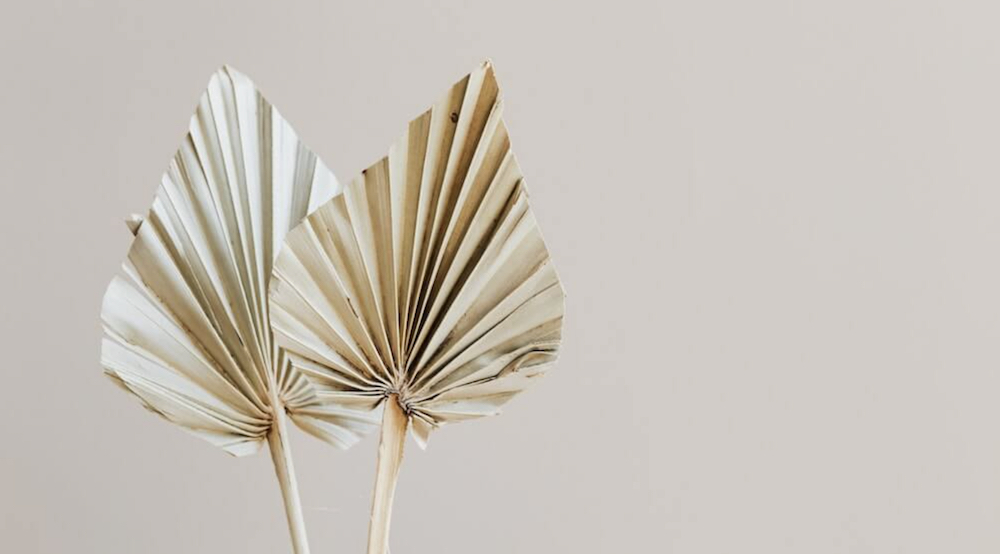Hot and dry here in Northern California, and for an artist who uses acrylic paints, that spells trouble. And I have my preferences – like I don’t like the mushiness of stay wet palettes and prefer a glass palette, at least for my home studio. So here are my top tips for working with acrylic paints and keeping them wet and workable.
 |
| Read below for the details on keeping acrylic paints wet and workable without a stay wet palette |
 |
| This is my beloved paint palette with cover. My alternative to the stay wet palette. This is an old half jelly roll sheet pan with cover. Try Amazon. And I saw them at Target, too, by Calphalon, I think. All you are looking for is very shallow and that it has a cover. Have glass (or plexi) cut for inside, with the edges burnished. |
 |
Those flesh tones on the right, they are over 2 weeks old. And fresh as ever. The primaries on the left are at least a week old. This is with NO stay wet palette. There is no wet sponge underneath my glass. I really don’t like them, paper too mushy, paints too gooshy. They mold, they stink, must I go on? You see, back when I was using oils, my favorite thing was cleaning up my glass palette with a single pass or two of a razor blade. Now I can do that with my acrylic paints too. Bliss! I simply lightly spray the paints lightly AND give a few squirts to the COVER before closing. That way the paints stay moist and not runny or soggy, more sprays to the COVER than the paints themselves. If I am away from painting for more than a couple of days, I just go in and squirt some more water spray inside my palette to keep that humid greenhouse effect going.
For the plexiglass palette, just quick spray with water, and use palette knife to scrape. Easy! A wee bit of papertowel to clean off your palette.
IMPORTANT: when you get your plexiglass cut, take your tray palette in for precise cut and rounded corners. Also, be sure to ask for the plexi that acrylic does NOT stick to. It's specifically called HDPE. |
 |
Over a week fresh. I did use some Slow Dri Blending Gel by Liquitex. See below. By the way, my latest limited limited palette for the summer is Cad Yellow Light hue, Quinacridone Crimson, Indanthrene Blue and Burnt Umber all by my fave Liquitex Heavy Body Acrylics. I hope to post soon on all the amazing colors i can mix with these three, I mean 4 pigments.
NOTE: I only need the slo-dri during N. California most dry season. Otherwise, my paints stay this moist and fresh for over a week without any gels. Just straight out of tube. |
 |
| Since I’ve been experimenting with portraits, I mixed up a fairly sizeable batch of flesh tones. And these leftovers are over two weeks fresh still. Pretty cool, eh? |
 |
| I emailed the folks at Liquitex telling them of the hot dry problems I was having during our summer here. They are always so helpful and suggested I try mixing my paints with this product. Omgosh, it’s wonderful. How come I never knew of this medium before? Probably because I like to keep things simple and use mostly a bit of water as my medium. I don’t like retarders much at all, but this stuff is different. I am mixing it about 50/50 with my paints. (And this is where a nicely limited palette makes it easier to blend and place on palette.) Lovely scrumptious texture that I love about Liquitex and much longer open time with this gel added. Wish they would make their own “OPEN” acrylics, don’t you? These do not get gooey or sticky like the opens I have tried in other brands. Pitch perfect! Now if only I could just squeeze them out of the tube like this…..hmmm. |
 |
| In general I am not a big fan of retarders. Never worked well for me when I mixed them into the paints themselves, but for adding several drops to my water sprayer, this product is great. |
So, in review, I am able to keep my acrylic paints nice and wet and workable WITHOUT A MESSY STINKY STAY WET PALETTE. This is one reason why I finally, at long last, fell in love with acrylics and made watermedia my home base. I can no longer work with oils but had to overcome my resistance to fast drying acrylics and incorporate some of the tools I loved about working with oils. By gum, I think I’ve done it!
Hopefully these tips will help you stay friendly with acrylics during your summer months. I will likely continue to use the Liquitex Slow Dri Blending Gel in the winter months too, but cut way back from my current 50/50 mix. Another suggestion was to get a personal humidifier for my art desk. Interesting idea….








